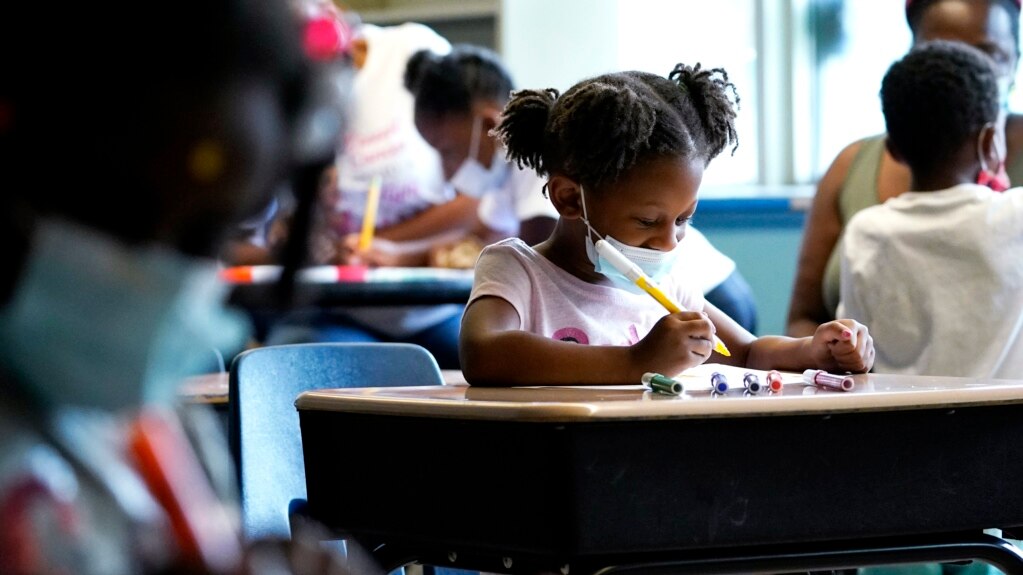During the COVID-19 pandemic, public officials brought renewed attention to indoor air quality in schools. Improving ventilation and airflow was considered a way to prevent the spread of COVID-19 and other diseases.
In January, the Environmental Protection Agency (EPA) said indoor pollution can be two to five times higher than outdoor levels. The agency said children face higher risk from indoor pollutants like asbestos, mold, radon, and methane. They also face pollution from particulate matter, like vehicle exhaust or wildfire smoke, which can enter classrooms from the outside. The EPA said climate change has made safe indoor air quality more important.
Pollutants can lead to a number of health problems for children if they breathe them for a long period, the EPA said. Health effects might include coughing, breathing diseases, allergic reactions, asthma and cancer.
The agency said there are several ways to maintain healthy indoor air quality. These include controlling pollutants, ventilating outdoor air, and maintaining temperature and water in the air, or its humidity.
A 2022 international study published in the Journal of Building Engineering said thousands of American schools have outdated HVAC systems. HVAC stands for heating, ventilation, and air conditioning. A 2020 study from the U.S. Government Accountability Office said that nine percent of school districts needed to fix “environmental conditions” like mold, lead, or asbestos in at least half their schools.
Indoor air quality might affect school performance. Some studies say that a healthy school environment lifts attendance, increases test scores and improves learning. A study of 10,000 school districts from the National Bureau of Economic Research found that decreased pollution in schools led to higher test scores.
Many schools have not taken steps to improve ventilation although research suggests it is important. During the COVID-19 pandemic, the U.S. Centers for Disease Control and Prevention (CDC) had recommended four ways to improve ventilation in schools. They included simple changes like opening windows and using fans to maintain airflow in buildings. Costly recommendations included replacing HVAC systems, using in-room air cleaners, or installing ultraviolet germicidal irradiation (UVGI) devices.
Scientists and public health leaders pushed school districts to use federal pandemic emergency money for ventilation systems. But a 2022 CDC study of over 8,000 school districts found that about half had taken any of the four recommendations. That few districts had taken steps to improve air quality shows “the ongoing opportunity to improve indoor air quality among K–12 school buildings in the United States,” the authors of the study wrote. The aid money expires this fall.
In January, the EPA announced $32 million in grant funding to reduce air pollution and greenhouse gases at schools in poor communities. Non-profit organizations and state governments could apply for the grants, which are expected to be awarded this fall. The EPA said the program was part of a set of policies from President Joe Biden’s administration. The money came from the Inflation Reduction Act passed by Congress in 2022.
In the announcement, EPA Deputy Administrator Janet McCabe said: “EPA is working with our partners to…improve air quality and energy efficiency.”
I’m Dan Novak.

